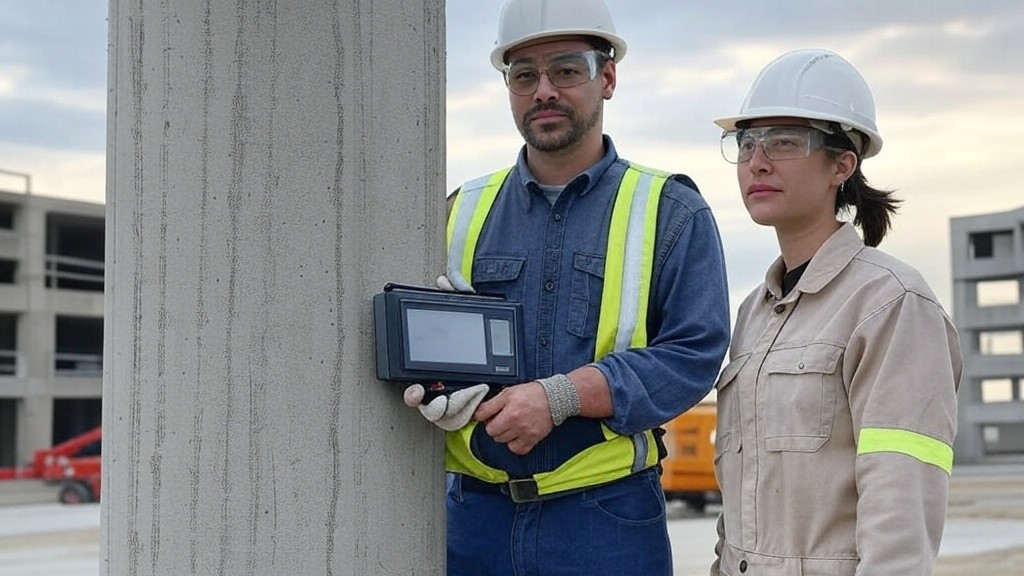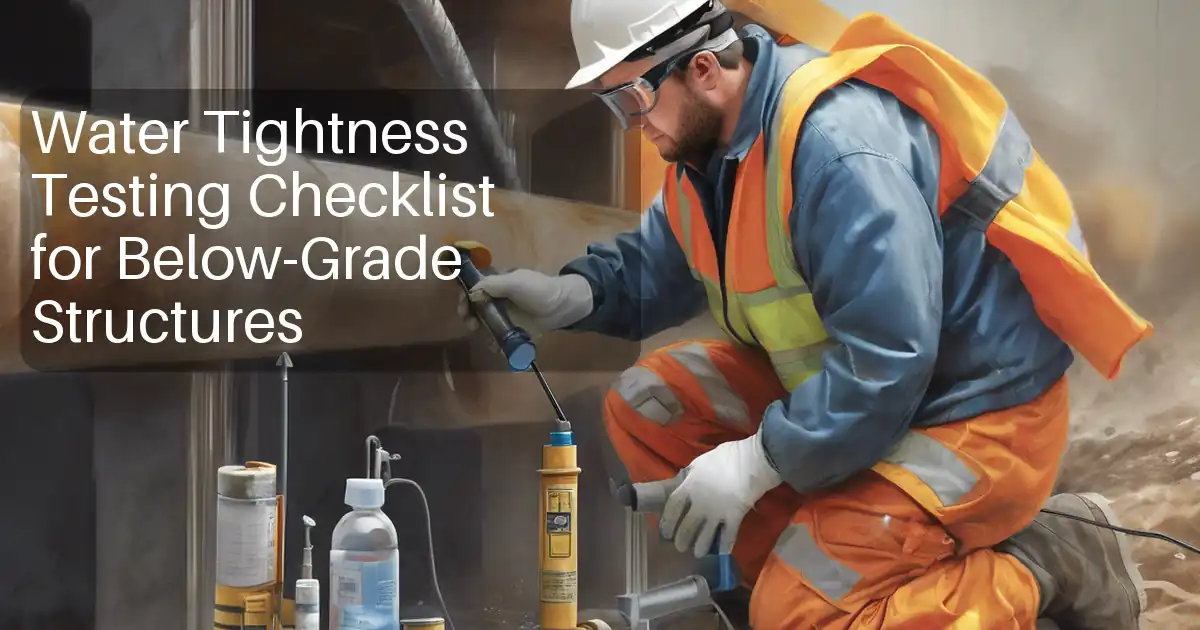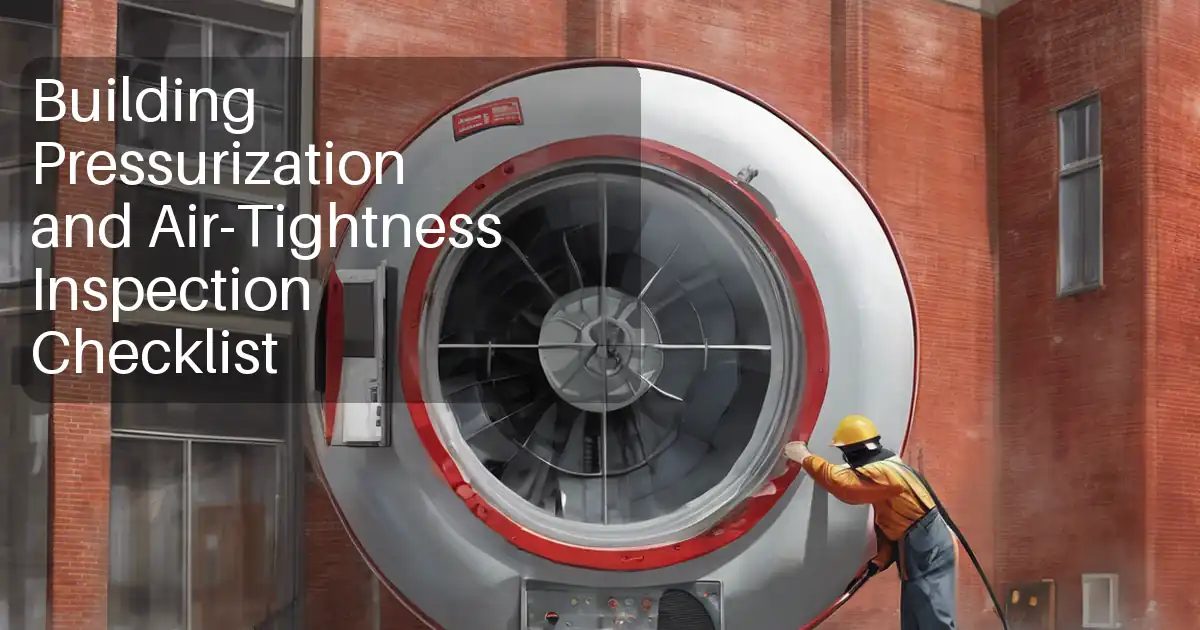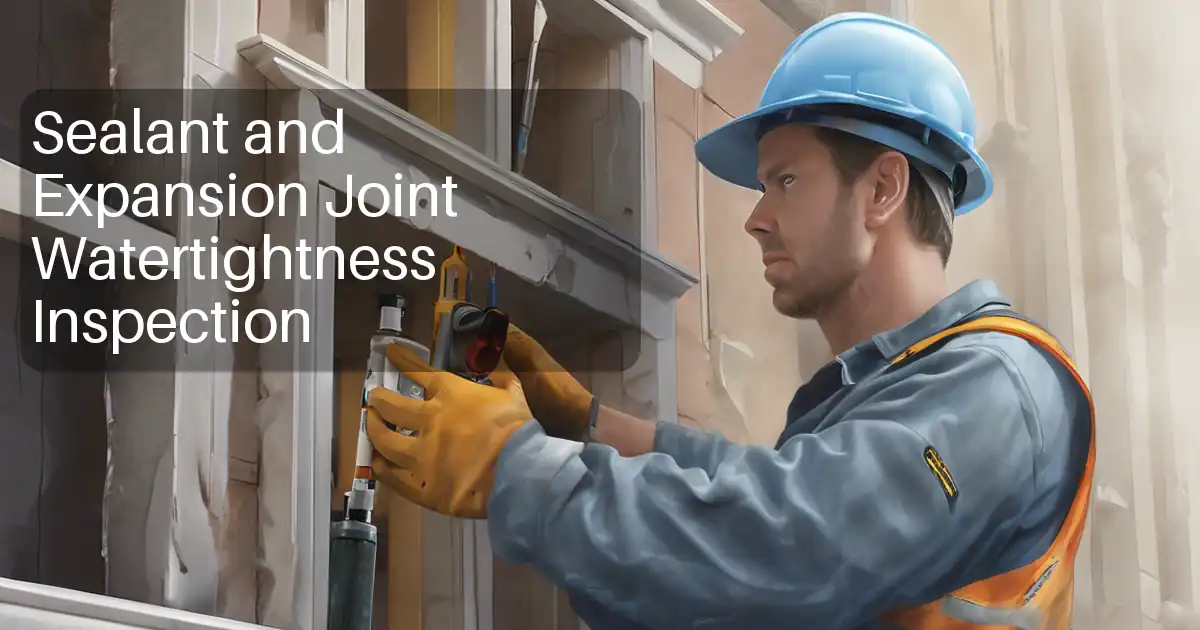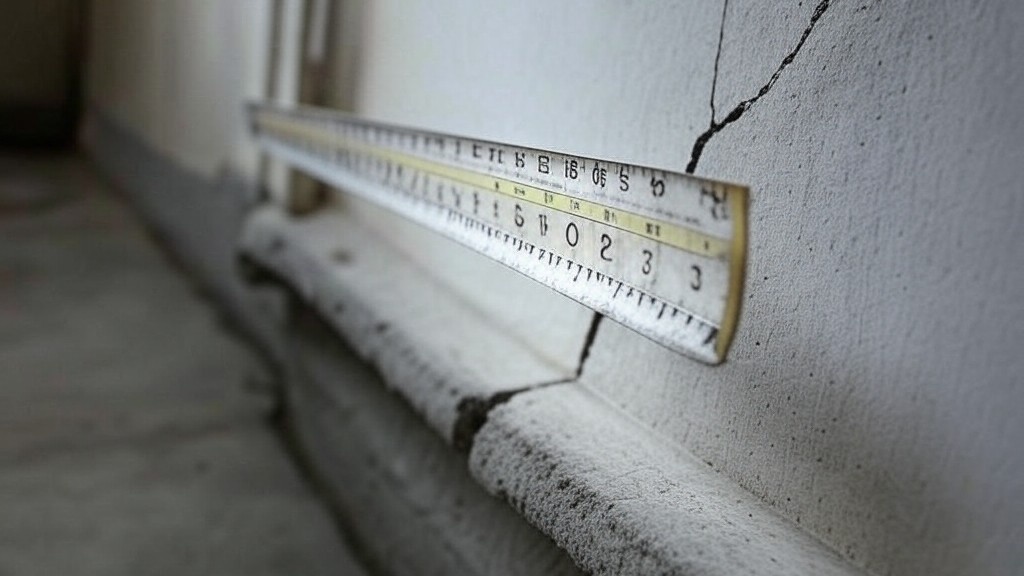Ensuring Structural Integrity: A Step-by-Step Guide to Auditing, Inspection, and Testing
Introduction
Ensuring the structural integrity of buildings and infrastructure is crucial for safety and longevity. To maintain the health of your structures, it’s important to follow a systematic approach that includes auditing, visual inspections, non-destructive testing (NDT), monitoring, and proactive corrective measures. This guide breaks down these essential steps in the process of maintaining structural integrity .
1. Auditing or Documentation Review
Before conducting any inspections or tests, it's essential to review existing documentation. This step allows engineers to understand the structure’s history, materials used, and past issues. Documentation review includes:
- Concrete Crushing Tests: Check for the compressive strength of concrete, ensuring that the structure meets safety standards.
- Mix Design: Review the concrete mix design to confirm that the proportions were correct for durability.
- Previous Inspection Reports: Identify any recurring issues or maintenance needs from past evaluations.
- Construction Drawings: Ensure that the structure was built according to the original specifications.
- Maintenance Logs: Review repair records to determine if there have been recurring issues with certain structural elements.
By auditing the structure's documentation, you gain valuable insights that guide the next steps in your evaluation process.
2. Visual Inspection
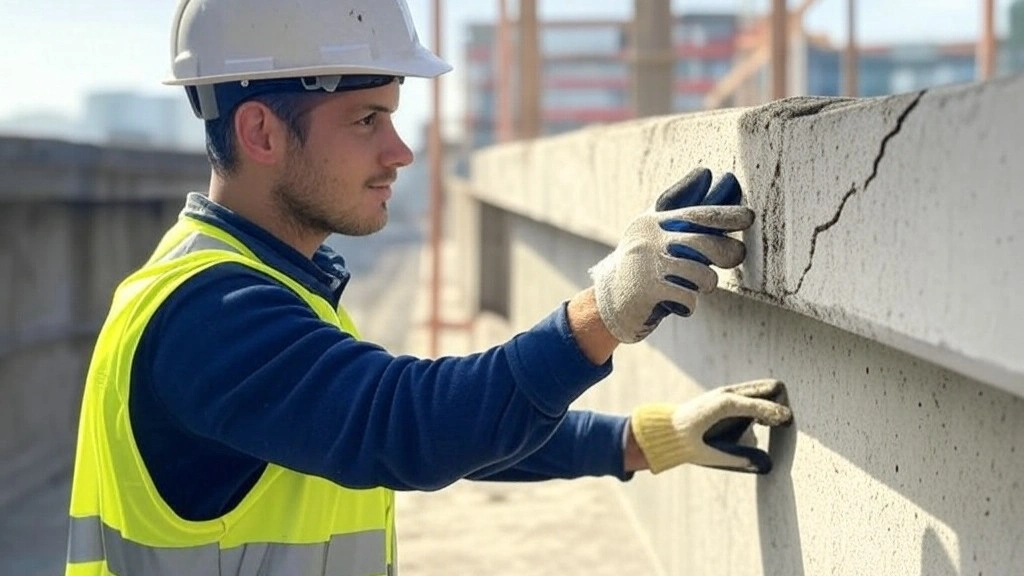
Once the documentation is reviewed, visual inspection is the next step. This is a cost-effective and straightforward method for identifying visible signs of structural issues. During a visual inspection, check the following:
- Cracks and Deformations: Look for cracks in walls, beams, foundations, or columns, as they may indicate stress or settlement.
- Water Damage: Inspect for signs of moisture intrusion, such as water stains, mold, or efflorescence.
- Corrosion and Rust: Inspect metal components like beams and columns for signs of corrosion or rust.
- Foundation Settlement: Check for uneven settlement or tilting of the foundation.
- Structural Connections: Verify that joints and connections are intact and properly secured.
Visual inspection provides a quick, initial overview of the structure's condition. However, more advanced testing methods may be required for hidden or more serious issues.
Contractor Procedures for Addressing Structural Integrity Non-Conformance
Upon identifying a structural integrity non-conformance during a construction project, the contractor is responsible for proposing a corrective action plan. Utilizing the checklists provided in this article can aid in formulating an effective solution. The contractor should document and submit this plan using a standardized submittal form, such as the one detailed in our Construction Submittal Form Guide. Once the proposed solution receives approval, the contractor must formally request an inspection from the engineer to verify the implementation and effectiveness of the corrective measures. This can be accomplished by submitting a Request for Inspection form, as outlined in our Request for Inspection for Contractors guide.
3. When Should We Move to NDT (Non-Destructive Testing)?
If the visual inspection identifies potential issues or if there is no clear indication of the cause of the problem, it's time to move onto Non-Destructive Testing (NDT). NDT methods are crucial for detecting internal flaws that cannot be seen with the naked eye. Here’s when you should consider NDT:
- Cracks or Damage Found in Load-Bearing Components: When you notice cracks or deformations in beams, columns, or other structural supports, NDT can help assess the severity of the internal damage.
- Signs of Material Degradation: If you suspect corrosion in metal components or degradation in concrete, NDT helps determine the extent of the damage without causing further harm.
- Failure to Identify the Cause of Damage: When visible inspection does not explain the damage (e.g., unexplained movement in a foundation), NDT methods can reveal hidden internal defects.
- Further reading - Check out this article: Evaluating The Severity Of Wall Cracks
- T his article provides expert guidance on identifying and assessing the severity of wall cracks. It covers key factors such as location, size, shape, and movement, along with common causes like foundation issues, water damage, plumbing leaks, and environmental factors. Learn how to differentiate between cosmetic and structural cracks and when to seek professional evaluation to prevent costly repairs and ensure your home’s stability.
Common NDT techniques include:
- Ultrasonic Testing (for thickness and integrity)
- Radiographic Testing (for internal flaws in concrete and steel)
- Magnetic Particle Testing (for surface defects in metals)
- Dye Penetrant Testing (for cracks in non-ferrous metals)
Non-destructive testing is a more detailed and advanced approach, necessary for ensuring safety when the visual inspection cannot provide all the answers .
4. When to Use Monitoring Tools and Equipment
While inspections and testing provide insights into the current condition of the structure, monitoring tools and equipment are key for detecting ongoing issues over time. These tools are particularly useful when there are concerns about gradual changes in the structure’s behavior. Monitoring tools should be used:
- For Ongoing Monitoring: When you need to track structural behavior over time, especially for areas showing early signs of wear or damage.
- In Critical Areas: High-stress zones such as load-bearing columns, beams, and foundations require continuous monitoring.
- For Real-Time Data: Sensors like strain gauges, displacement monitors, and vibration sensors provide continuous data that can alert you to issues like shifting, excessive strain, or vibrations that indicate potential failure.
By using monitoring equipment, you can stay ahead of any issues and address them before they become critical.
5. Actions in Case of Failing Tests
In case any tests (whether visual inspection, NDT, or monitoring) reveal issues, it's important to act swiftly to mitigate potential risks. Here’s what to do:
For Visual Inspection Failures:
- Isolate the Affected Area: If you find cracks or damage, restrict access to the affected area to prevent further risks.
- Notify Relevant Authorities: Contact the project manager, engineers, and safety officers to discuss next steps.
- Perform NDT: Move on to more detailed testing (NDT) to confirm the extent of the issue.
For NDT Failures:
- Immediate Action: Based on the test results, determine if repairs are needed and isolate the affected components.
- Repair and Reinforcement: Implement corrective actions, such as adding reinforcements, replacing damaged parts, or conducting repairs to compromised elements.
- Re-Test: After repairs, conduct another round of NDT to ensure the structural integrity is restored.
For Monitoring Failures:
- Review Data: Assess the monitoring data to identify any abnormal trends.
- On-Site Inspection: Conduct a follow-up inspection to understand the root cause of the abnormal readings.
- Adjust Monitoring Frequency: Increase monitoring frequency to ensure any further issues are detected promptly.
Call to Action: Download Checklists and Action Lists
To help you ensure that your structural integrity assessments are thorough and effective, we’ve prepared downloadable resources for you:
- Structural Integrity Evaluation Checklist (Download)
- A comprehensive guide for inspecting and auditing the structural integrity of your building.
- Action List for NDT Failures (Download)
- A detailed action plan for handling the results of failed tests and ensuring timely corrective measures.
- Structural Integrity NDT Report Template (Download)
- A customizable template for documenting non-destructive testing (NDT) results. This template helps you standardize the process of recording test findings, including descriptions of the tested areas, detected flaws, and suggested corrective actions.
- Structural Integrity Monitoring Tools and Equipment Reference Sheet (Download)
- A reference sheet outlining key monitoring tools used for assessing the structural health of buildings and infrastructure. It includes descriptions of the tools, their uses, and benefits for tracking performance over time, helping engineers make informed decisions on maintenance and repairs.
Download the Checklist & Action List Now
Conclusion
Properly assessing and maintaining structural integrity is essential to ensure the safety and longevity of your buildings. By following these steps—starting with auditing documentation, proceeding to visual inspections, using NDT when necessary, and incorporating continuous monitoring—you can effectively safeguard the structural health of your projects. If tests fail, acting quickly with the appropriate corrective actions ensures that any issues are resolved before they lead to significant problems.

